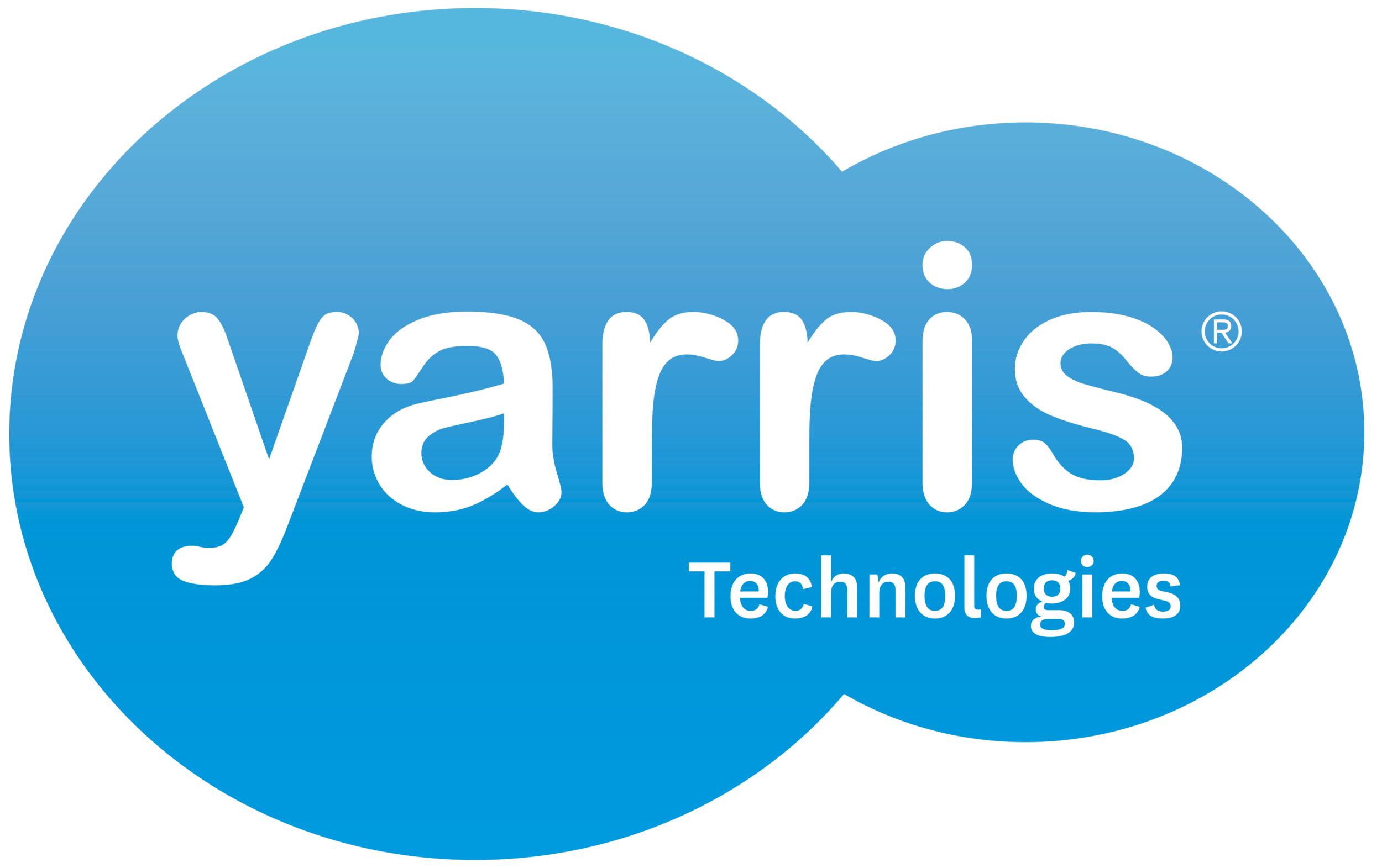Migrating Yarris’ systems to AWS
A Q&A with Dr Katherine King, Yarris Chief Operating Officer
Katherine King, Chief Operating Officer at Yarris, discusses why moving to Amazon Web Services was essential for the organisation’s future.
Last year, Yarris migrated its infrastructure and four innovative cloud platforms to Amazon Web Services (AWS) in order to maximise operational efficiency.
Katherine King, Chief Operating Officer at Yarris, describes the transition and explains why the organisation felt it was time to make a change.
What prompted Yarris to migrate to AWS?
Four years ago, when I first joined Yarris, one of the things I noticed was that our infrastructure expenses were incredibly high and requiring an extensive ongoing replacement program. We found it difficult to implement new technologies, to respond to outages and to maintain the cost of our traditional physical hardware.
Yarris has four different products (ConSol, Arnie, Dazychain and Yarris Legal Gateway), and we needed to modernise our infrastructure to maximise the products’ potential. We wanted to be able to increase and decrease our utilisation and the cost associated with that in a moment-to-moment way.
We also wanted to avoid being locked into fixed charges for expensive physical assets. Instead, we planned to completely reconfigure our existing products to a solution that was far more scalable and cost-effective – one where we are outsourcing the cost and maintenance of our infrastructure. After looking at the competitors world wide, we decided on AWS.
How did you prepare for the switch?
We worked very closely with another company called Vibrato, and they helped us upskill ourselves in DevOps methodology. We also increased our adoption of Agile methodologies throughout the business.
We wanted to focus on automated deployment and make sure everything we do is repeatable and automated. Essentially, we were keen to move from a manual approach to a 100 per cent automated approach for our delivery pipeline.
We developed a range of Chef recipes for automation and we transformed the way operations and development worked together. Now, everyone can push code into production at any time.
What infrastructure were you using before AWS?
We’ve always operated in the cloud, but we had our own private cloud at first that used our own hardware infrastructure. First, we moved to a private cloud as an interim measure, then we migrated to the AWS public cloud. We did all the automation work and then migrated to the public cloud with AWS.
What did the migration entail?
We went live with our first product, Arnie, around 18 April 2015, so we were securely operating inside the AWS cloud from that date. Later, we moved our other products across, with migrations completed more quickly each time. Afterwards, we repurposed the base cloud formation and performed a range of other automation functions.
There was no interruption for customers, and the environments are now even more secure, with encryption both in transit and at rest. Furthermore, our processes are fully optimised with a particularly sophisticated disaster recovery approach.
What are the benefits of migrating to AWS?
Moving to AWS was a big strategic change for us, and we’ve seen a massive uplift in terms of security and performance. Our priority was to ensure our customer services weren’t interrupted and that they were as optimised as possible. All of our customer data is now encrypted in transit and at rest.
As a result of the migration, we’ve been able to reduce the cost to our customers in terms of the development and delivery of new functionality. We’ve also reduced our cost of creating new functionality for our products, and lowered the amount of time it takes to introduce those changes to the system. Ultimately, our downtime has been reduced dramatically in terms of introducing new functionality.
